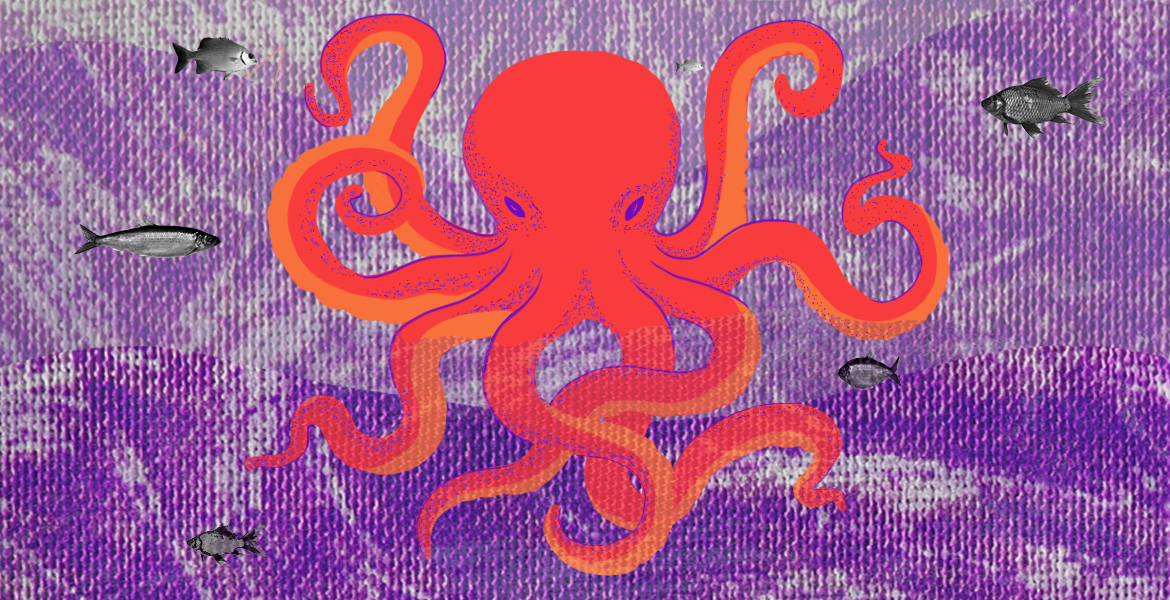Imagine that you are at a party and the most common conversation-starter of all comes up: “So, what do you do?”. Somebody answers: “Well, I work at a multidisciplinary design firm!”
Now, half of the circle is looking at that person like he just hit them with a bunch of random syllables. The other half awkwardly stares at their drinks till a doctor or a lawyer breaks the silence with their more digestible job description/title. Nonetheless, the question leaves the party without meeting a definitive answer.
The name sounds tricky, promising and pretentious all at the same time; but at the least simple.
However, in truth, it IS simple…really simple!
If you still don’t wanna burn any brain calories thinking on that definition, consider this example:
Molly sells cakes but her cakes aren’t really selling. They taste like heaven but nobody in the town knows about them and the shop looks like dull space with stocked up cakes.
Molly knows that she definitely needs help. She remembers the odd fellow from the party who said something about working at multi-something design firm. He sounded like he could be of help in such matters. So, she gets in touch. And…that is all she has to do.
Molly’s case is, however, simple.
The big challenge of any brand today is to communicate its value in the constant face of change. The ever-evolving tech, crowded markets and cluttered media leave companies highly likely to fall into the fractures of messaging. Evidently, the design problems brands are facing today are much more complex and seek solutions that are equally simple.
And multidisciplinary design firms are just the people for the job!
Why you ask?

A multidisciplinary design firm brings all the mighty professionals from the design kingdom at your service, under one roof. A bevy of graphic designers, web designers, architects, engineers, brand consultants, and all others pursue their artistic vision together. This creates solutions that are holistic and respect every aspect of design.
The phenomenon of designer myopia is all-too-common, where specialised designers, despite of their best intentions design with a nearsightedness that results in outcomes that please them and their industry peers but doesn’t meet user expectations and business goals. This is eliminated in a multidisciplinary design firm because the design is informed by different perspectives of different designers. This way the entire context of the project is taken into consideration. A designer nearly never works on a project in isolation.

A key factor that sets multidisciplinary design firms above other design enterprises, is how much they value strategy in the process of design thinking. Strategy takes place internally at the level of achieving a perfect crossover of the various design areas; and plays out externally in positioning a brand, product or service in the marketplace. Strategy determines, monitors, analyses the performance of the design. Most importantly, it makes users part of the design process in a methodological manner. This is quintessential given the fact that clients want their design to be user-centric and drive tangible results in the market.

Multidisciplinary design firms usually follow a flat hierarchy internally and work in close symbiosis with the consumers of their design. There are lesser layers between you and the user for assessing the impact. It evokes a greater sense of responsibility and ownership for the designer, which inspires them to create something that not merely satisfies the consumers but delights them!
Working in a multidisciplinary design is thrilling! A designer’s work steers across sectors, scale and user segments. That means putting on your thinking cap with the intention of never taking it off! At work, the conference room makes up something of a creative kaleidoscope. You have designers, architects, engineers, content writers, strategists… and a dog (there is always a dog); and everybody finds pleasure in collaboration.
Because as Kelli Anderson rightfully says- Design is more of a conversation than a monologue.
All in all, multidisciplinary design firms work with the quintessential dynamism needed to keep up with the present markets. Perhaps, that’s what makes them a forthcoming design trend.